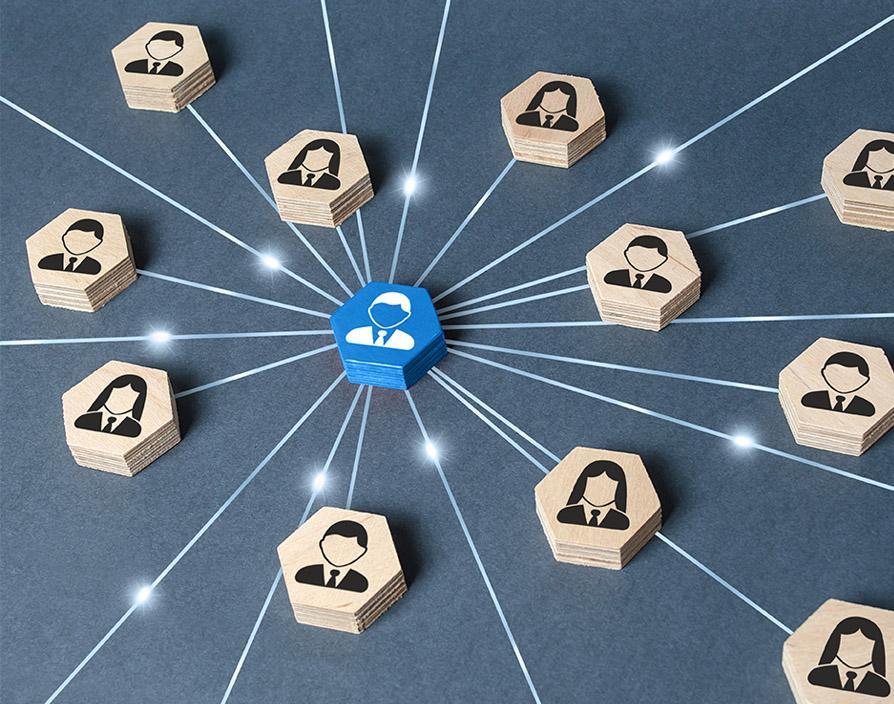Being a leader has always been difficult. While the purpose might be strategic, the reality of the role often means tackling a burgeoning inbox of people issues, technology and process problems, crisis management and disruption aplenty. But leading in a ‘hybrid world’ is a whole new ballgame. Since 2020 we have seen a seismic shift to remote, hybrid and flexible working. Managers are now expected to be expert hybrid leaders, connecting dislocated individuals, on different work patterns; some online and remote, some down the corridor, some ever-present, some on flexible terms and some working from a Caribbean island.
A different kind of leadership is required to lead in a hybrid world. The profound loosening of relationships that employees have with their firm and one another, requires a similarly fundamental reimagining of the role of the leader itself. Ultimately, this will not come through new technology, systems, processes, or HR policy (however well-crafted), but through the actions and behaviours of credible and engaging people managers. Firms need to re-establish a sense of cohesion and that needs people who are exceptionally good at doing just that.
This requires a radically different mode of leadership – and one I call creating glue. The leaders’ role in the future may be more of a coach than a manager, more mentor than monitor, more shelter than supervisor. A leader’s principal role will be to harness disparate talents to find value in connection, to be the person who joins the dots and helps make work feel meaningful again.
What does leadership ‘glue’ look like?
GLUE is about a new mode of leadership for the way we now work and live our lives. If you want to create organisational glue, then your leadership behaviours matter, as they are observed, recognised and emulated in the firm. Exemplar leaders demonstrate four complementary qualities; an ability to galvanise, actively listen, be unusual, and to deeply engage others.
Galvanise
You need to be able to galvanise others. Being able to do that when the pressure and complexity gauges are all turned up to eleven is an extraordinarily valuable skill. The leader who can excite others about the future, winning hearts, and minds, and draw the best from all involved at critical moments is a rarity. Crucially, they see these moments as not about demonstrating their own capabilities, but as opportunities to unleash the talent of others.
Listening
If you are part of the leadership team, then you are expected to communicate a clear vision with conviction. But your leadership super-power is probably much more rarely used, the application of your listening skills. There is strong evidence that listening is a leadership super-power and it is not just about being sound of hearing. Leaders need to hear with acuity, being able to be better attuned to the organisation, its people and mood.
Being unusual
My observation, found through working with many compelling managers is that the best were not just authentic and open, but a little bit unusual compared to the norm around them. Unusual is important, because unusual is rare, and therefore gets noticed. Being unusual intrigues peers, colleagues and team members and makes leaders memorable. Be reassured though, you do not need to look, act, or behave in a crazy oddball contrarian way. You just have to deviate in small ways from the norm.
Engage
The need to engage seems obvious, but the glue creating leader does this broadly, deeply and with a purpose. Critical to creating glue is the ability to maintain energy amongst your best people. Firing them up is one thing, but maintaining connection, collaboration and engagement over time takes commitment, an investment of ideas, and a personal amount of ‘you,’ which extends beyond geeing them up and watching them go. You need to be found alongside, accessible but candid, and regularly encouraging levity and fun.
Creating glue is not easy and can seem counterintuitive and uncomfortable. The hybrid leader’s principal role is to harness disparate talents to see value in connection, to be the person who joins the dots and helps make work feel meaningful again. Galvanising others, taking time to listen and engaging broadly and deeply does not come easily, but if you exhibit that unusual mix of leadership behaviours you can create a powerful sense of cohesion. A kind of glue.
Share via:









































